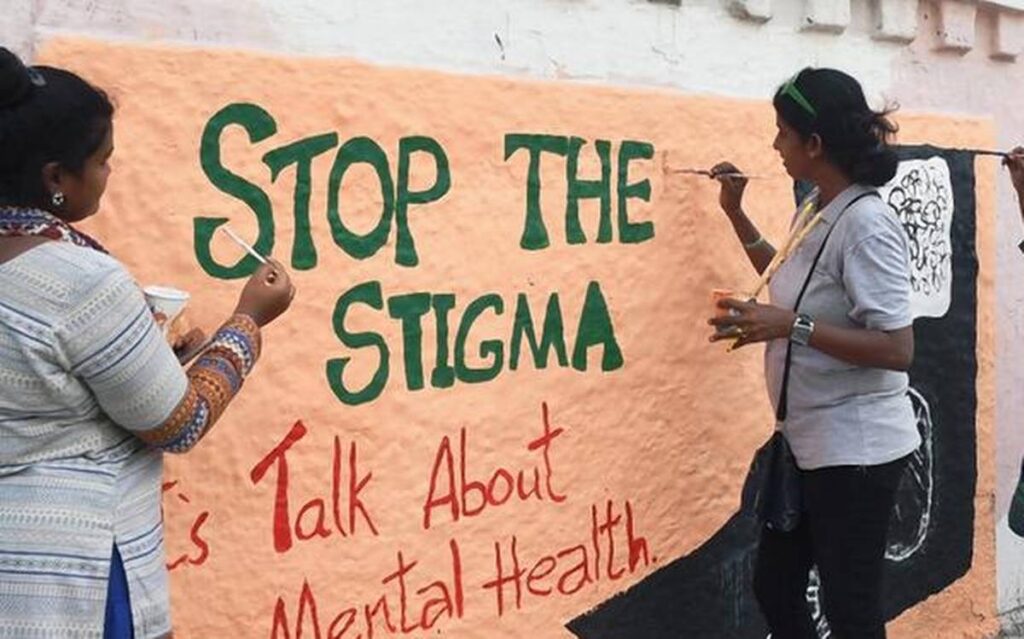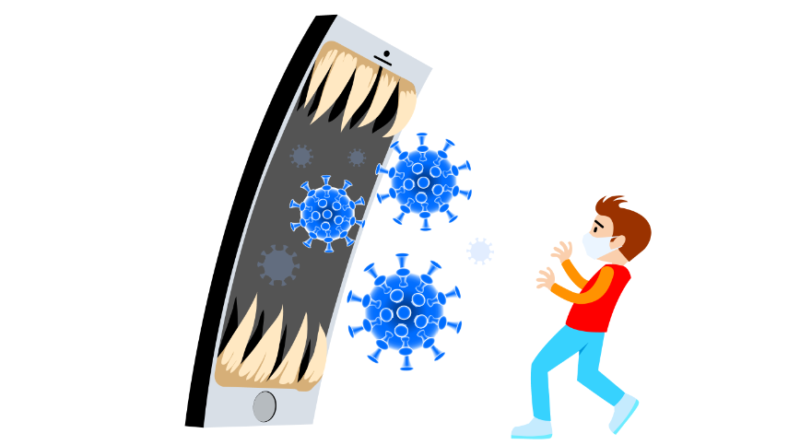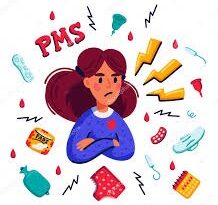Misinformation And Its Impacts On Mental Health
Clearly, you can’t believe everything you hear, read and see. But the lies, the inaccuracies, and the blatant disregard for seeking the truth is an ongoing battle. We’re all living it! The input is constant. Whether it’s an alert on our smart devices, on-air or online. But this fast-moving, misinformation, and mental health are parallel to each other in the danger zone.
The Covid-19 pandemic has caused a global sense of uncertainty. Why? due to a lack of knowledge on the matter. As a result, the circulation of false or misinformation has dramatically escalated over the past few months. What is commonly being described as an ‘infodemic’, is essentially the information being shared online, which could possibly include conspiracy theories, cures, and preventative measures that aren’t evidence-based.
 As more of our lives migrate online, many believe the use of disinformation as a tool of persuasion and weapon of influence has reached new heights. We have more access to news than ever before—from mainstream news channels to social media to radio and podcasts. And it’s easier than ever to reach us—at any hour of the day or night—on any one of our many Internet-connected devices (think smartphone, tablet, laptop, smartwatch, Alexa, and more).
As more of our lives migrate online, many believe the use of disinformation as a tool of persuasion and weapon of influence has reached new heights. We have more access to news than ever before—from mainstream news channels to social media to radio and podcasts. And it’s easier than ever to reach us—at any hour of the day or night—on any one of our many Internet-connected devices (think smartphone, tablet, laptop, smartwatch, Alexa, and more).
How are we engaging with Misinformation?
While social media has provided us with access to more information than ever before, there are both positive and negative implications of our use of this technology. Here we identify some of the pros and cons of social media use, including the effects it can have on our mental health.
Promotes Fake News :
Despite many social media platforms’ efforts to combat fake news, this hasn’t stopped the global sharing of misinformation. Anyone with a computer or a smartphone and an internet connection has the opportunity to share information to a potentially massive audience and can do so from an anonymous profile. When used for good, social media has the potential to create powerful positive change but when used with bad intentions, it can have equally bad repercussions.
Direct to Online Sources
Some health seekers bypass search engines altogether. They go straight to online domains to read the information regarding health. For instance, if a person were to go directly to the online version of The New York Times. The quality of direct sources depends on whether people choose to go to reputable sites.
Mobile Applications
The proliferation of mobile health apps has largely been without oversight or regulation, and the quality of these apps is highly variable.
One example of such an app was The Whole Pantry. The app was created by Belle Gibson, a popular Australian wellness blogger who publicly revealed that she had terminal cancer.
Although she reportedly tried radiation and chemotherapy, she gave up on traditional treatment and was successfully managing her cancer with diet, exercise, and alternative therapies. The app was downloaded 200,000 times within the first month. Also voted Apple’s Best Food and Drink App of 2013 and ranked #1 in the App store. However, in April 2015, Belle admitted that she in fact did not have cancer and never did!

The Spread of Misinformation on Social Media
Misinformation and disinformation are introduced online by many different sources: vested interests, politicians, news media, gossip, and works of fiction. For a comprehensive report on the origins of misinformation. Whereas models of contagion are becoming increasingly effective in explaining how disease spreads, we are just beginning to understand the epidemiology of misinformation. Vosoughi et al tracked 126,000 rumors spread by more than 3 million individuals on Twitter. The authors found that false information diffused significantly farther, faster, deeper, and more broadly than did true information. Studies focusing on health misinformation have found similar outcomes.
Also Read: 6 Best food for Anxiety Reduction
Challenging impacts of Misinformation on Mental Health
“Since ‘fake news,’ or false news or misinformation is intended to manipulate public opinion, it’s designed to provoke an emotional response from a reader/viewer, it’s often inflammatory in nature and can elicit feelings of anger, suspicion, anxiety, and even depression by distorting our thinking. Some of the effects of this new disorder include:
- feelings of shame, hopelessness, and isolation
- reluctance to ask for help or to get treatment
- lack of understanding by family, friends, or others
- fewer opportunities for employment or social interaction
- bullying, physical violence, or harassment
- self-doubt – the belief that you will never overcome your illness or be able to achieve what you want in life.

Also Read: How To Take Care Of Your Mental Health?
How can we overcome the stigma and keep a mentally healthy environment
Everyone has a role to play in creating a mentally healthy community – one that is inclusive, rejects discrimination, and supports recovery. Ways to help include:
- learning the facts about mental illness and sharing them with family, friends, work colleagues, and classmates
- getting to know people with personal experiences of mental illness so you learn to see them for the person they are rather than their illness.
- not judging, label or discriminate when you meet people with mental illness. Treat all people with respect and dignity.
- avoiding using language that puts the illness first and the person second. Say a person with bipolar disorder rather than ‘that person is bipolar’.
- saying something when you hear people around you making stereotypical or inaccurate comments about mental illness.
- sharing your own experience of mental illness (if you have experienced it). This will help dispel myths and encourage others to do the same. Mental illness is not something shameful that needs to be hidden.
What can you do?
Learn how to identify information:
-Be mindful – fake news will often tell you what you want to hear with clickbait headlines.
-Look around – is the website trustworthy? Check the website’s about page, mission, and contact info.
-Check the sources – is any other news source reporting on the same thing? How many sources does the story quote?
-Photo search – is the news you are reading accompanied by a photo that strikes you as out of context? Run an online search, it might be your clue towards figuring out that this is an example of misinformation.
-Check the date – some news outlets re-publish old posts or promote old news as current stories. Check the publication date of the article and check if the timeline it refers to makes sense.
-Turn to the experts – go to reputable websites, such as the World Health Organization, your national health authority, and the European Commission. Is the information also available there?
2. Since you have learned how to identify misinformation, do not engage with it, do not comment and do not share further. Doing so would just help make the post more popular.
3. If it was on social media, report the post to the platform. If you know the person who shared the fake news, send them a private message and tell them the information is likely false.
4. Finally, contribute to sharing official information. Share updates from trustworthy, official websites that report on COVID-19.
The world is changing fast, and so is the way we find out about it. Stop consuming yourself with science-fiction garbage. The truth is out there! And remember, fake news spreads when it is angry!




This piece is definitely the need of the hour✨ I love how beautifully and very clearly you’ve penned every bit of it. 🙂
Thank you, Khushi.